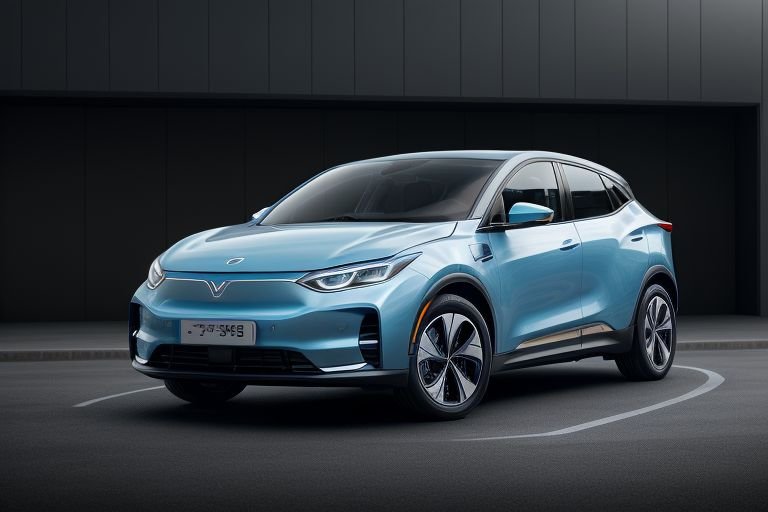
Expanded Testing of Autonomous Vehicles, Evolving Regulatory Frameworks
The race towards the development of fully self-driving cars is picking up steam as leading car manufacturers and technology firms increase their testing efforts and lobby for the legal framework to support the use of such vehicles. Recent trends in some of the major markets across the globe suggest that the self-driving technology is evolving at a fast pace but there are still some major hurdles that need to be crossed before we can see the widespread use of the technology.
Autonomous vehicle testing has been on the rise in the United States as several states have made efforts to make the environment conducive for the testing of the vehicles. California, one of the pioneers of such technology, has recently enhanced its rules to permit testing of completely driverless cars on the road under specified circumstances. This has been applauded by companies such as Waymo, Cruise and Tesla who are some of the leading developers of autonomous vehicles.
At the same time, the federal government is developing new rules for self-driving cars. The National Highway Traffic Safety Administration (NHTSA) is currently working on new safety standards that will apply only to self-driving cars and these include cybersecurity, human machine interface, and crash avoidance. These initiatives are intended to harmonize the legal framework for the use of autonomous vehicles in the country and may contribute to the faster advancement of the technology.
In Europe, the European Union has made a lot of efforts in establishing a unified legal environment for the testing and implementation of autonomous vehicles. The recent regulation by the EU on automated driving systems has offered a set of guidelines that the member states can follow and thus enable cross border testing and deployment. Germany and France are some of the countries that have started the implementation of these regulations with several pilot projects being conducted on the public roads.
China is not willing to lag behind the other countries in the development of self-driving cars and has therefore selected some cities to experiment with the technology. Some of the companies that have made a lot of progress include Baidu and AutoX; they have been conducting large scale tests in cities such as Shanghai and Shenzhen. The Chinese government’s backing for the technology as well as the country’s leading 5G network is paving way for the development of autonomous driving technology.
However, the way to the fully autonomous vehicles is still filled with challenges. Some of the issues that remain a work in progress include how to enhance the systems’ capacity to cope with real-world situations and conditions, including extreme weather. Also, there are concerns on who is liable in the event of an accident that involves self-driven cars and these issues are still being discussed by lawyers and insurers.
Another factor that cannot be ignored is the public’s attitude towards self-driving technology. Despite the increasing attention on the use of autonomous vehicles, some people still have concerns with regards to the safety of the technology and the potential impact of the technology on employment. Auto makers and technology companies are providing money towards public awareness campaigns and phased implementation of the technology to make the public comfortable with it.
Another aspect that is being more and more debated is the effects of the massive use of autonomous vehicles on the urban planning and on the transport systems. Some cities in the world are starting to think about how the self-driving cars can affect the traffic flow, parking and public transport. Others who have thought about the future of autonomous vehicles think that they could one day eliminate the need for owning a car in the city, which may lead to the opening of more space for parking.
As testing increases and the legal environment changes, the timeframe for the mass deployment of fully autonomous vehicles is being defined. Although the initial forecasts were rather rosy, today, industry specialists estimate that fully autonomous vehicles may be used in a constrained environment for commercial purposes in the next several years, with the technology gradually becoming more widespread in the following decade.
The self-driving car technology is expected to transform the way people move around, reduce accidents and alter the face of cities. Over the time, the technology is being enhanced and the rules and regulations are being set to allow the use of self-driving cars in the society.


